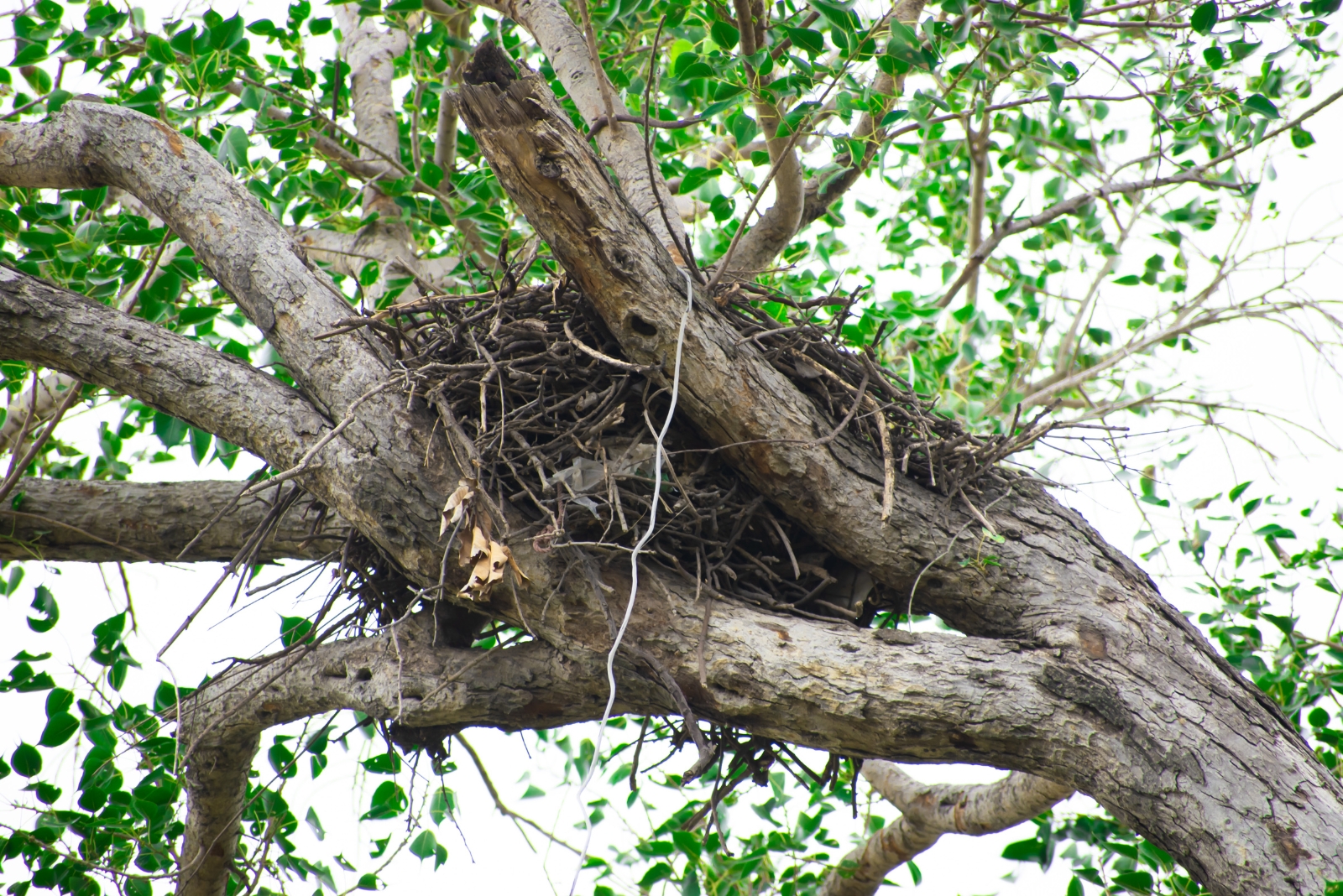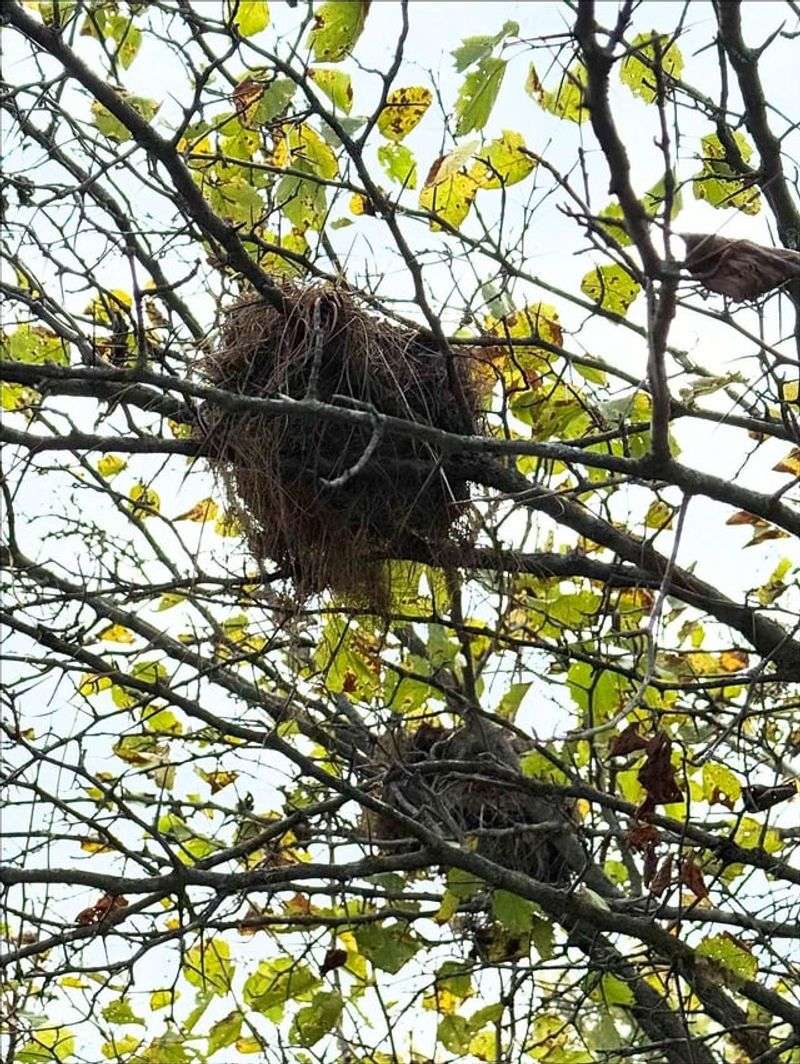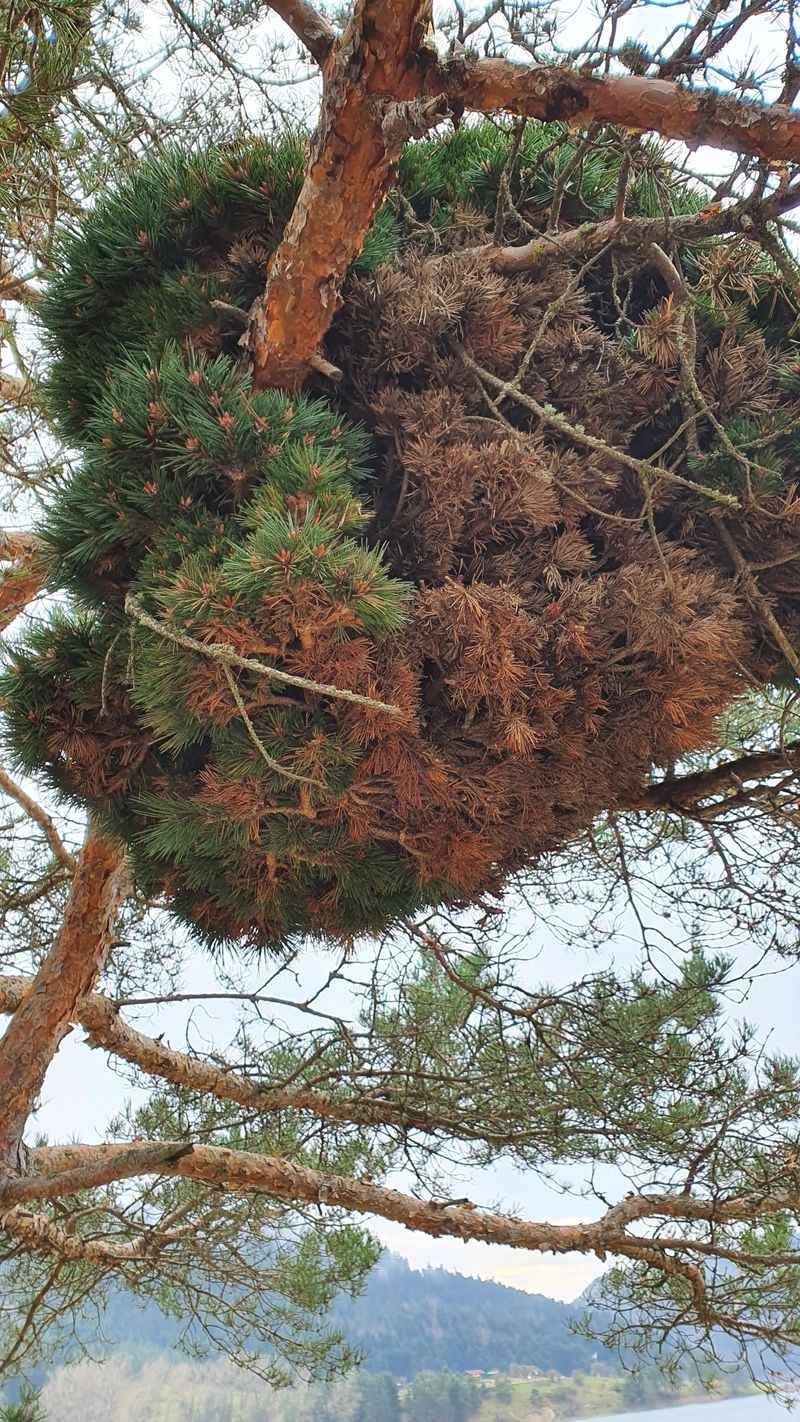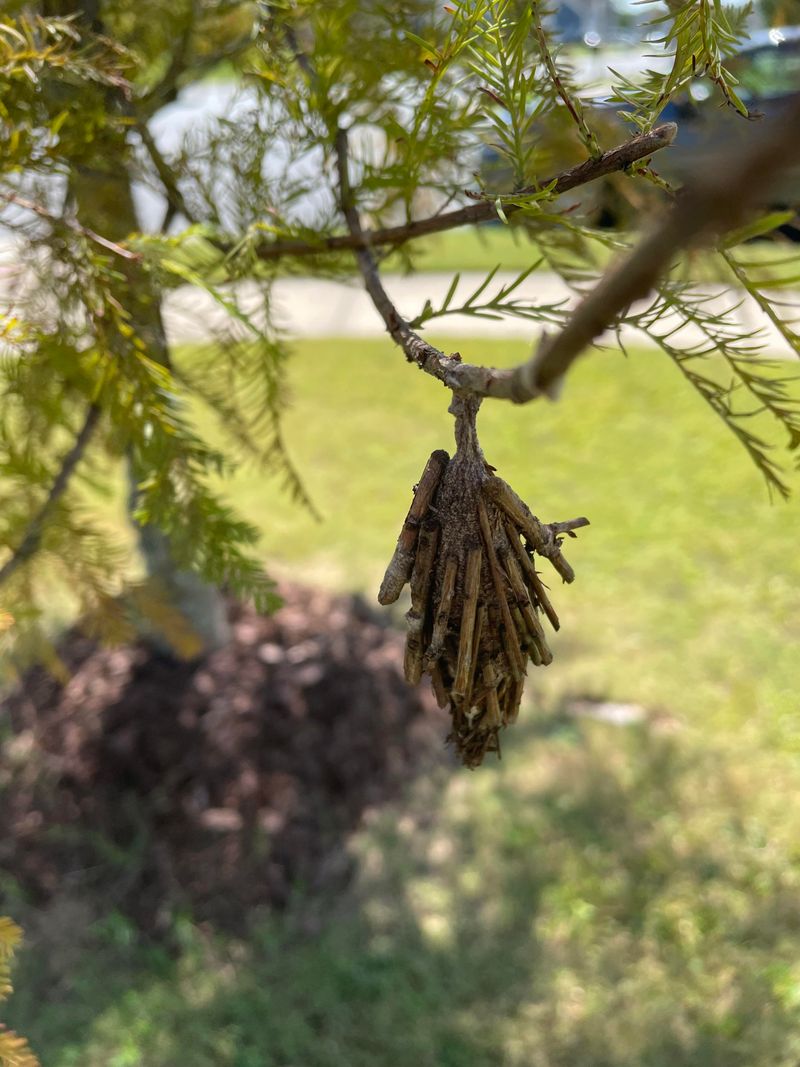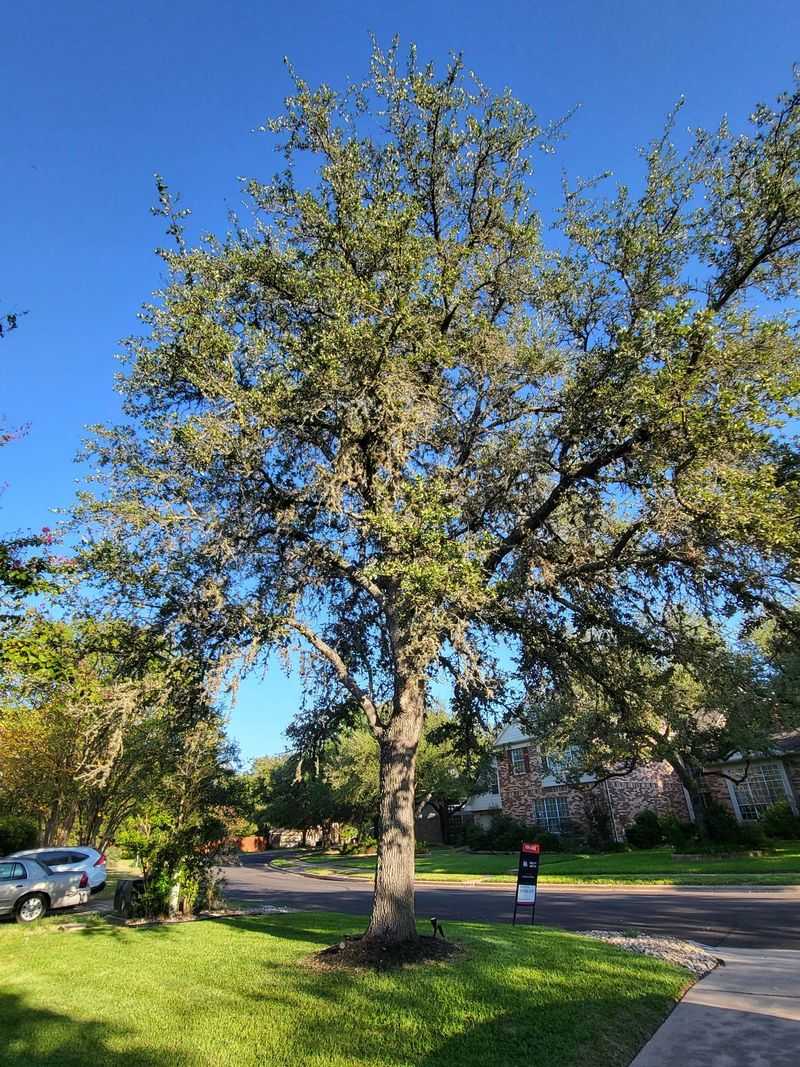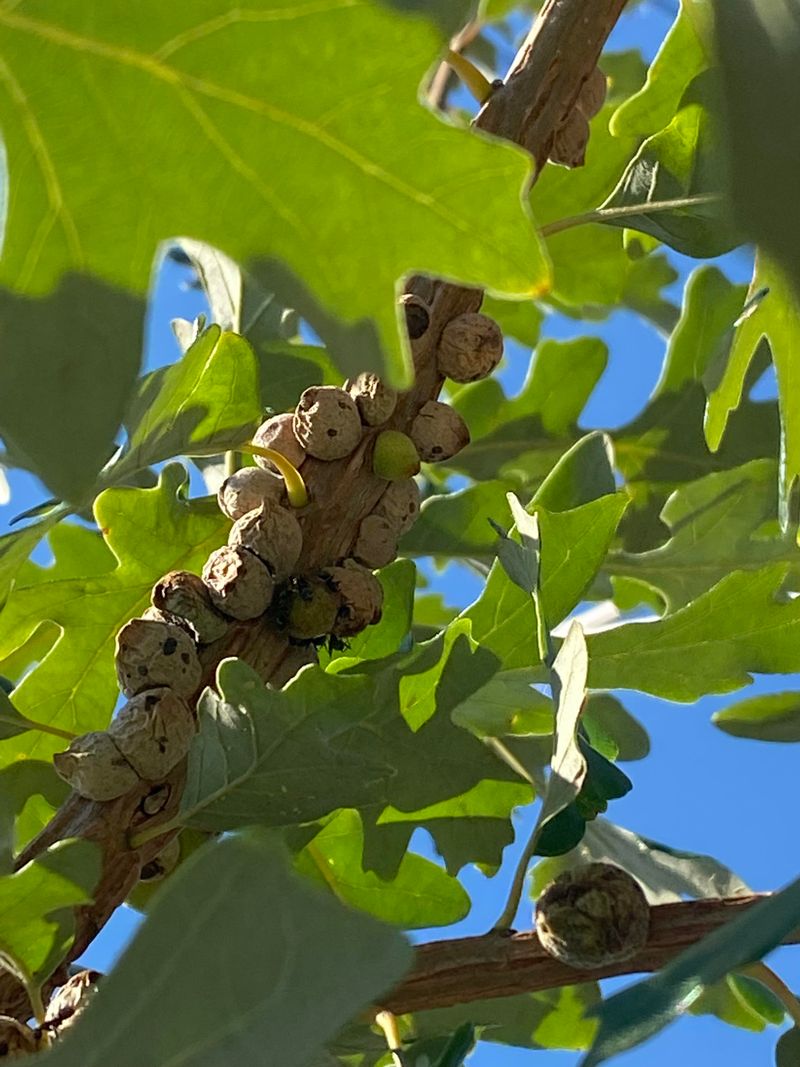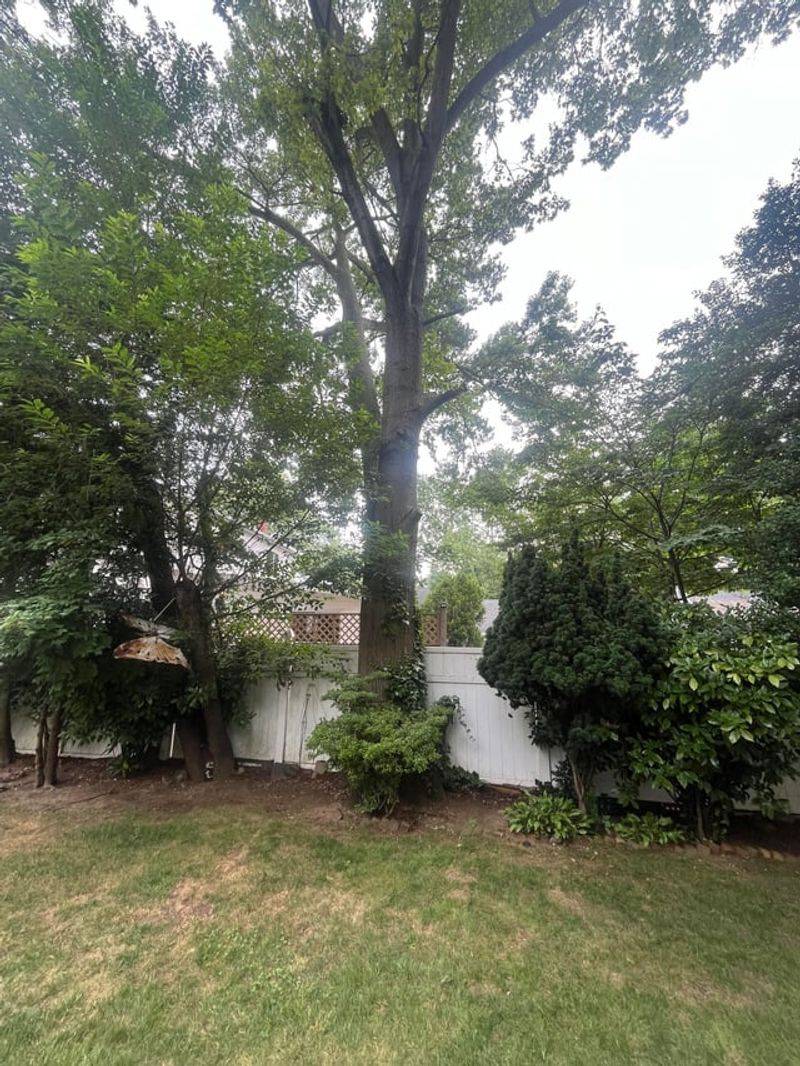I remember spotting one of those weird leafy clumps high up in a Louisiana tree and thinking a giant bird must’ve moved in overnight.
After a closer look, though, it was pretty clear nothing with feathers was living in that tangled mess. These clusters show up quietly, and suddenly every branch looks like it’s carrying its own little mystery ball.
Stick around, because the real reason they form is a lot more interesting than a hidden nest.
1. Squirrel Dreys Are the Real Deal
Squirrels build leafy homes called dreys that often fool people into thinking they’re bird nests. Gray squirrels across Louisiana construct these cozy shelters by weaving together leaves, twigs, and bark strips high in tree branches.
During summer months, dreys appear looser and messier than winter versions. A drey typically measures about two feet wide and features multiple layers for insulation. Watch closely at dawn or dusk, and you might spot a bushy tail disappearing into one of these clever constructions!
2. Witch’s Broom Disease Creates Odd Growth
Sometimes trees develop unusual clusters that look exactly like messy leaf balls. Witch’s broom is a plant disease caused by fungi, insects, or viruses that makes branches grow in tight, tangled bunches.
Louisiana’s humid climate creates perfect conditions for this peculiar phenomenon. The abnormal growth pattern causes leaves and twigs to sprout densely in one spot, forming what appears to be a nest. While it looks strange, witch’s broom rarely kills the tree, though it does create permanent odd-shaped clumps throughout the branches.
3. Bagworms Spin Protective Cases
Bagworms are sneaky caterpillars that construct cone-shaped cases from silk and plant material. Across Louisiana, these pests attach bits of leaves and twigs to their silk homes, creating what looks like a small ball hanging from branches.
Each bagworm lives inside its protective case while munching on tree foliage. When several cluster together, they can resemble a larger nest structure. By late summer, these cases become more noticeable as they grow bigger and heavier on affected branches.
4. Ball Moss Isn’t Actually Moss
Ball moss loves Louisiana’s warm, humid environment and commonly grows on oak and pecan trees. Despite its name, this plant is actually a bromeliad related to pineapples and Spanish moss.
It forms rounded clumps that dangle from branches, absorbing moisture and nutrients from the air. Ball moss doesn’t harm trees since it’s an epiphyte that simply uses branches for support. The gray-green spheres can grow quite large over time, especially in areas with high humidity and plenty of rainfall throughout the year.
5. Galls Are Nature’s Weird Tumors
When insects lay eggs on tree leaves or branches, the tree sometimes responds by growing abnormal tissue around the invasion. Galls come in various shapes and sizes, including round balls that cluster leaves together in Louisiana’s native trees.
Oak trees especially produce leaf galls that bunch up into ball-like formations. Tiny wasps are usually the culprits behind these strange growths. While galls might look concerning, they typically don’t cause serious damage to healthy trees and eventually dry out and fall off naturally.
6. Mistletoe Bunches Thrive Year-Round
Mistletoe grows as a parasitic plant that forms dense, rounded clumps in Louisiana tree canopies. Unlike the small sprigs sold during holidays, wild mistletoe creates substantial green balls that stay visible throughout all seasons.
The plant sends roots into tree branches to steal water and nutrients. Oak, pecan, and sweetgum trees commonly host these persistent parasites. Large mistletoe clumps can weaken branches over time, but birds love the white berries and help spread seeds to new trees across Louisiana’s forests and neighborhoods.
7. Accumulated Debris Gets Trapped
Strong Louisiana storms and winds can wedge leaves, Spanish moss, and small branches into tree forks and crooks. Over weeks and months, more debris piles up in these natural pockets, creating what appears to be an intentional nest structure.
Rainwater and humidity cause the trapped materials to compact together tightly. Birds might even add to the pile by perching there, but nobody actually lives inside. Check after heavy weather, and you’ll often find these accidental collections growing larger in trees throughout neighborhoods and wild areas alike.

